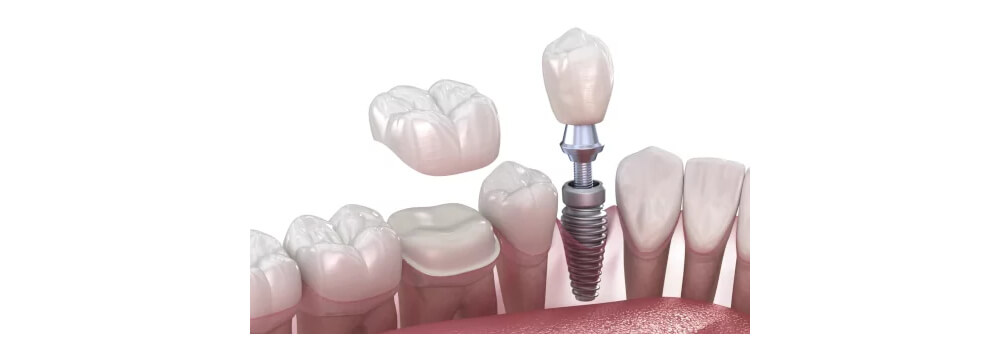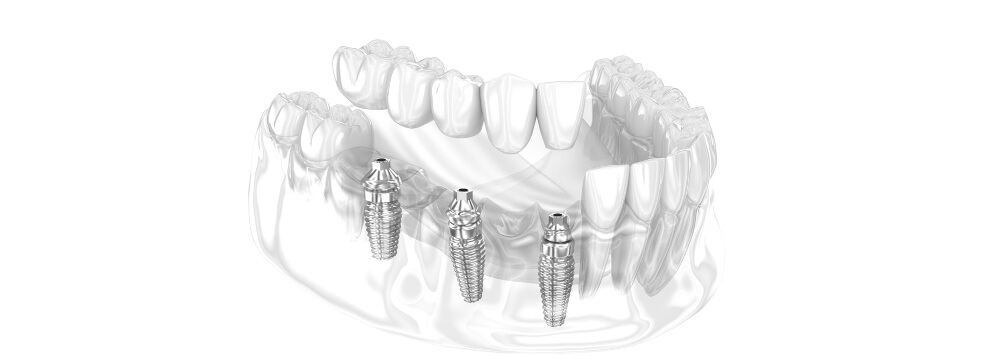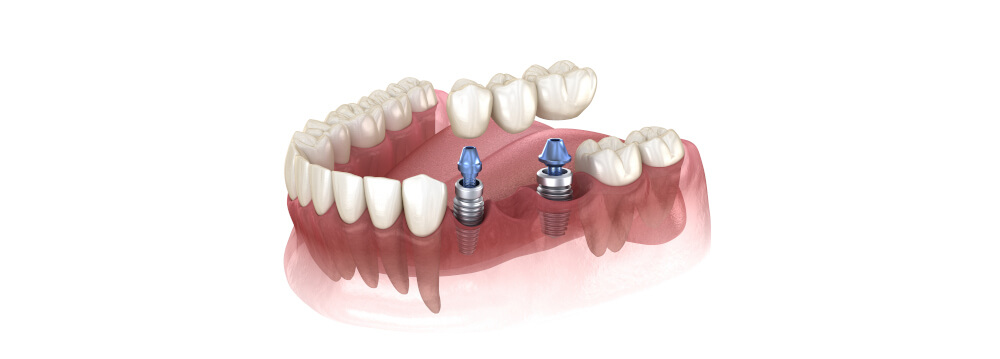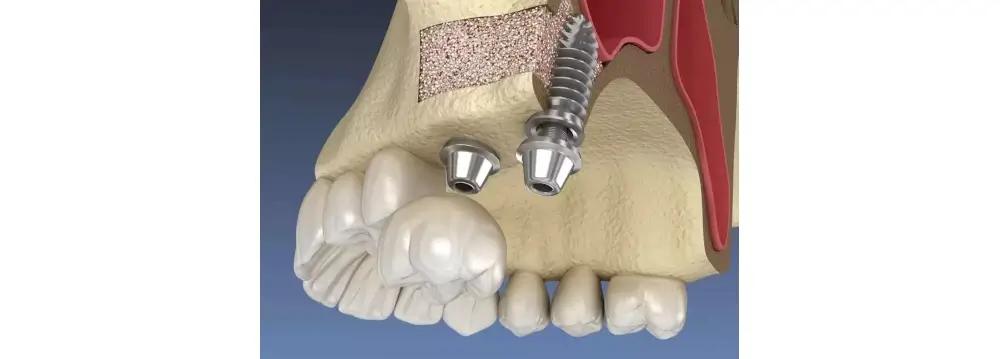Precision Treatments
Clear. Transparent. All-Inclusive.
Common Precision Treatments
From replacing a single tooth to restoring multiple teeth with a bridge, our most requested treatments are set out below. Each one is delivered with clinical precision, premium materials, and fully transparent pricing.
Every treatment includes everything you need for a seamless experience at Smile Health — expert care, modern technology, and pricing you can rely on.
Single Implant + Crown + Single Crown

5-Tooth Bridge on 3 Implants

3-Tooth Bridge on 2 Implants + 2 Single Implants

Two 3-Tooth Bridges + 2 Bone Grafts

Two 4-Tooth Bridges + 2 Sinus Lifts + 8 Crowns

The Smile Health Price List
Here’s how all Smile Health treatments are priced. This list covers every type of implant, crown, bridge, or supporting procedure — giving you complete clarity before you travel.
Every price is all-inclusive except flights and applies equally to both Standard and MasterClass options. That means no hidden extras, no surprises — just straightforward, patient-first pricing.
Single Implant*
Extraction
Sinus Lift
Bone Graft
Zirconia Crown on Implant
Zirconium Crown on Tooth
Zirconia Bridge Unit
Temporary Crowns
*Note: For patients travelling solely for a single implant (without additional treatments), the price is €1,200 Standard / €900 MasterClass.
Precision Treatments Include:
Dentsply Sirona Implants, 3D scans and sinus/bone grafts
4★ Hotel Accommodation in beautiful Leipzig
Private Airport Transfers from Berlin
5 Year Smile Health Guarantee – Download Here
Precision Treatments Don’t Include:
Flights – You book your own; we’ll confirm they fit and arrange your transfer.
Precision Treatment FAQs
Our Price List sets out fixed, all-inclusive prices (except flights) for every procedure. You can see exactly what each element of treatment costs — whether it’s an implant, a crown, or a bridge unit.
Yes. Treatments are often combined, for example an implant with a crown, or a bridge supported by implants. Your final treatment plan will be built from the Price List items so you always know exactly what you’re paying.
Full jaw restorations are priced using the Smile Health Price List, where each part of your treatment — implants, crowns, bridges — is simply added together.
This is different from our fixed full jaw implant packages. But either way, you’re fully protected by the Smile Health Price Guarantee™: you’ll always pay the lower of the capped per-jaw maximum (€7,000 MasterClass / €9,000 Standard) or your combined Price List total
Absolutely. Many patients have one jaw fully restored and choose precision work (like crowns or bridges) on the other jaw. The Price List makes it easy to see how everything fits together.
Find Out More
No pressure, no obligation — just clear information to help you decide with confidence.
01432 678170
Download Here
Our Testimonials